Antiquities and historical valuesAncient Persia
Elamite art
(Read on to see the full photos)
The images are of the highest possible quality
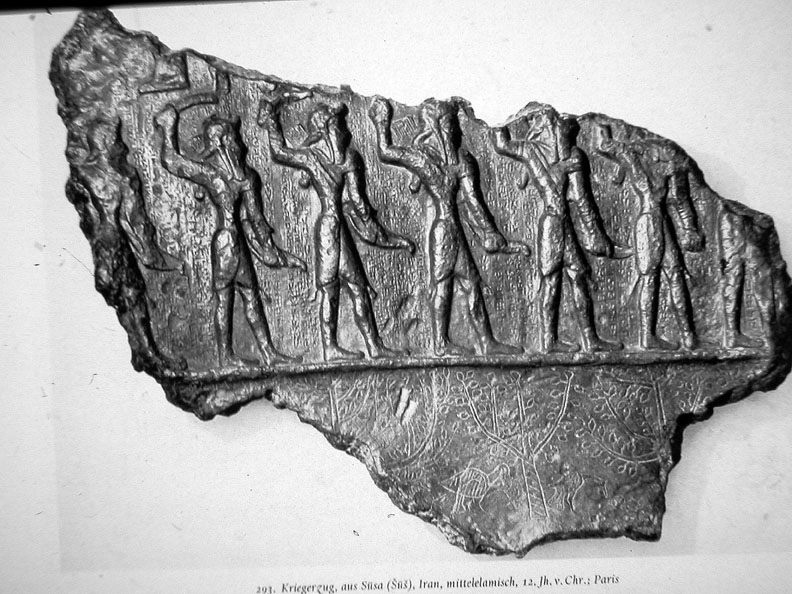
The top row shows the parade of seven warriors, each holding a bow in one hand and a blade in the other. In an inscription next to these motifs, it is stated that this tablet was made by Shah …….In addition to other gifts, it has been presented to a holy place. In the bottom row, some birds are sitting next to some leafy trees
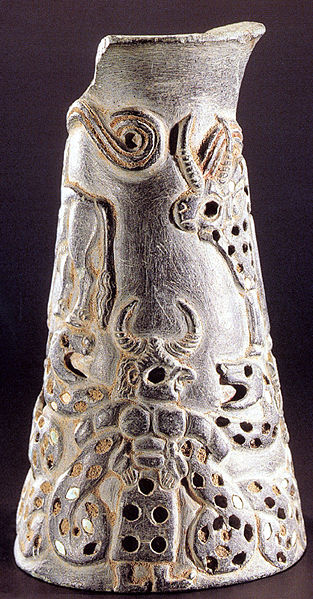
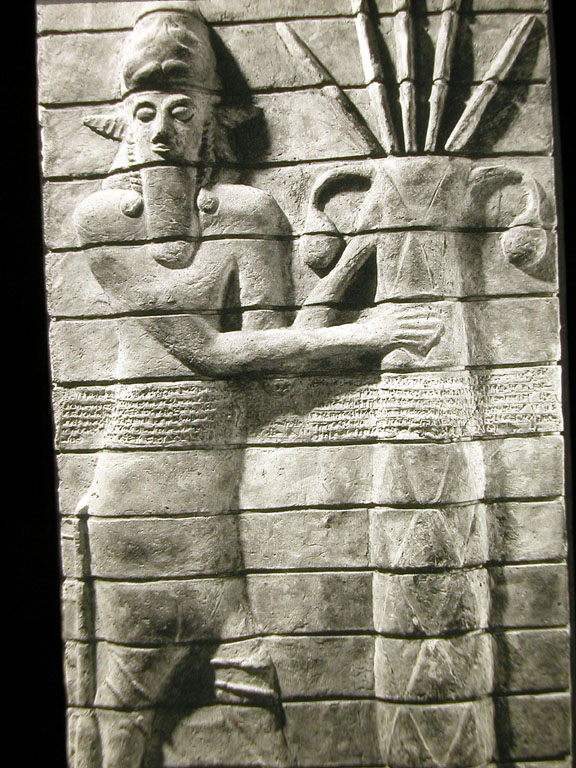
These types of bricks were later used by the Achaemenians in Susa. These motifs were engraved on the entire outer wall of the temple. The inscription on this wall says that this temple was started by Kotir Nahonte and completed by his brother and successor Shihelek of Shoshinak.
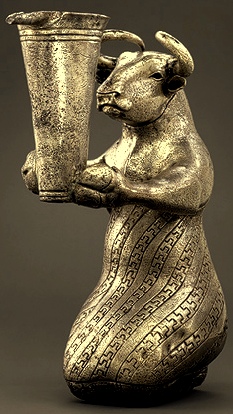
The statue of an Elamite cow shows an interesting combination of human and animal features with a step-patterned dress and a cup in its hand.. Of course, this kind of combined show (Animal in human role) It was common in the early Elamite period, and it was probably a sign of some kind of supernatural power granted to kings by the gods.. Although the use of this statue has not been fully determined, the type of cup and the designs carved on the dress indicate some kind of ritual ceremony or religious celebration.. Also, the silver material of this famous statue in the copper age (About 5000 years ago) built, in addition to the praiseworthy artistry of its creators, it represents the pioneer of the Elam civilization in the technology of extracting and smelting precious metals. .
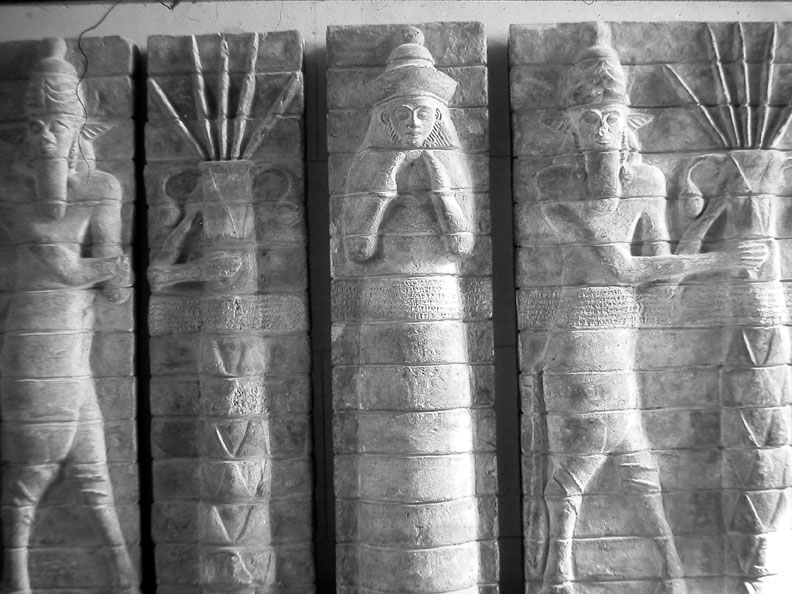
These types of bricks were later used by the Achaemenians in Susa. These motifs were engraved on the entire outer wall of the temple. The inscription on this wall says that this temple was started by Kotir Nahonte and completed by his brother and successor Shihelek of Shoshinak.
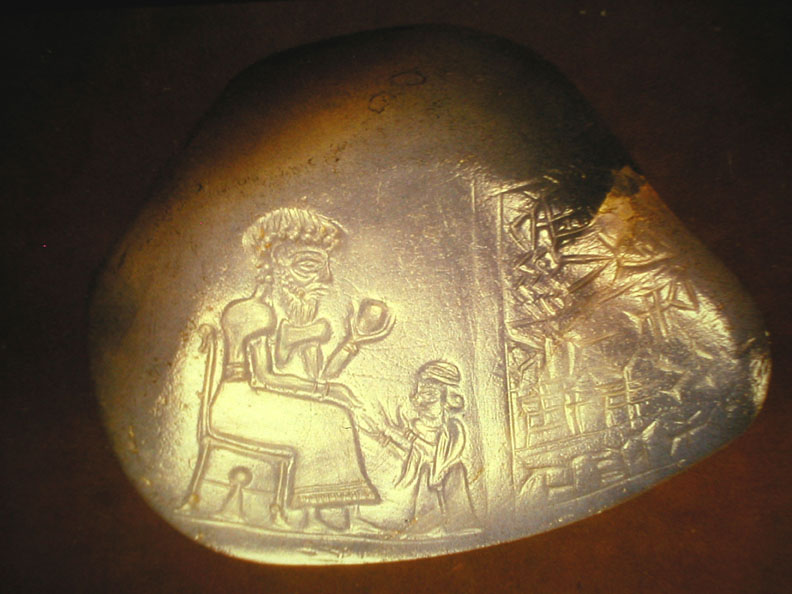
Dimensions: 0.04*0.0*3-1.018 centimeter
Written in Elamite script: I brought this Shoshinak, the greatness of the imperial part of this stone, from Puralish. I made it carefully and gave it to my dear daughter Baraoli
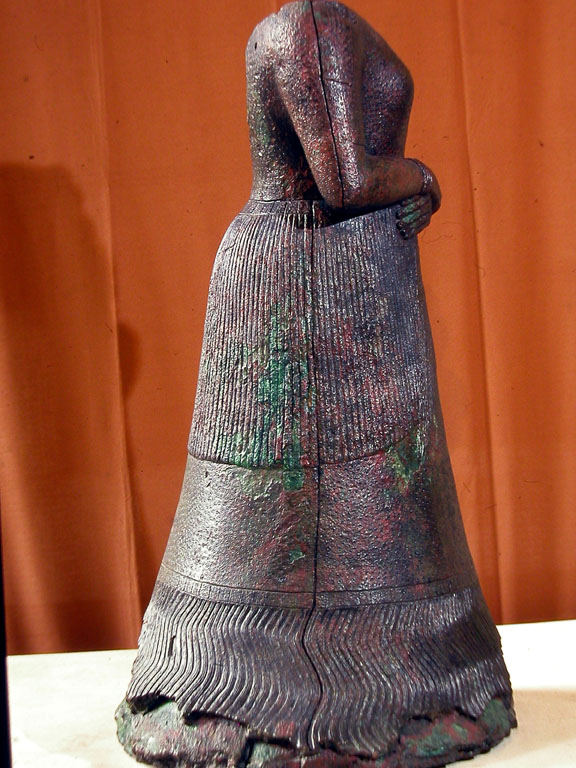
Around the dress, there is a wide ribbon, and in front of it is a zardozi shawl that covers the upper body and is attached to the shirt with a pin in the shape of a palm at the shoulder.. In the writing on the back of the statue, there is his name and a curse on anyone who has bad intentions towards the statue
Translation of the text written by Ilami:
I am Napirasu, the wife of Ontash Napirisha. Whoever wants to seize my statue, whoever wants to smash it, whoever destroys this inscription or erases my name, may the wrath of the gods Inshushinak, Nep Irisha and Kiririsha, and his name and descendants be removed .
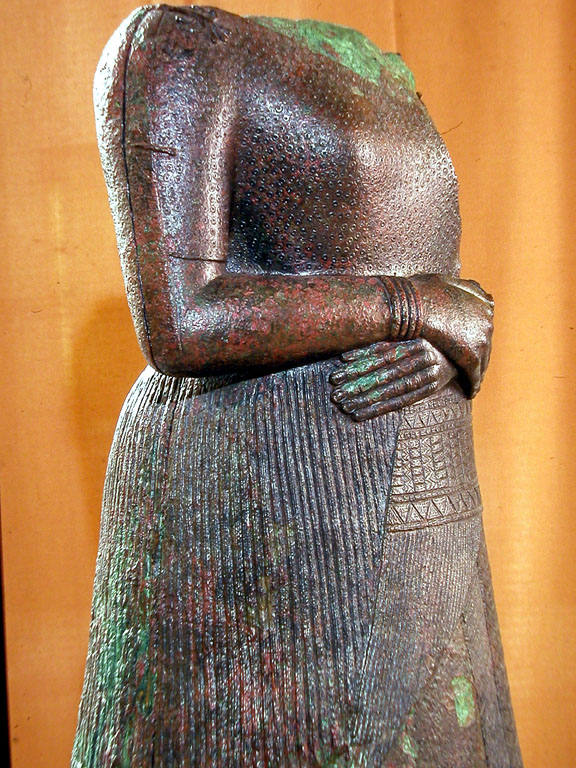
Around the dress, there is a wide ribbon, and in front of it is a zardozi shawl that covers the upper body and is attached to the shirt with a pin in the shape of a palm at the shoulder.. In the writing on the back of the statue, there is his name and a curse on anyone who has bad intentions towards the statue
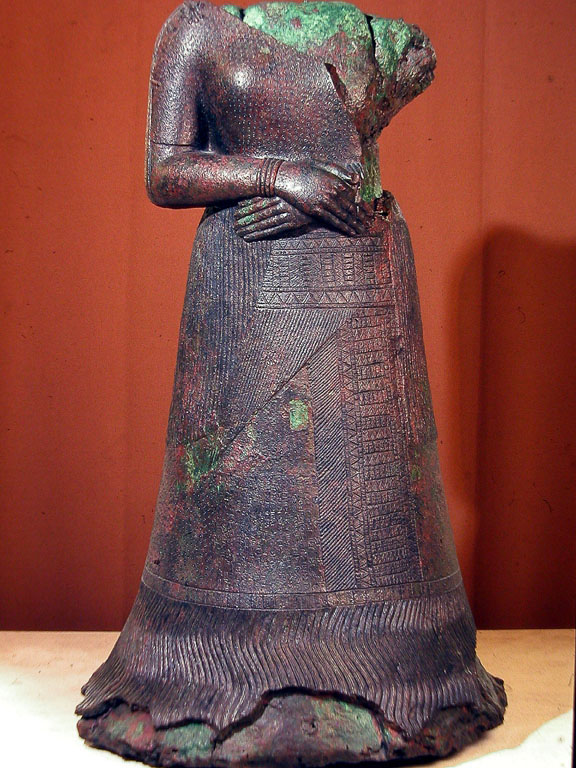
Around the dress, there is a wide ribbon, and in front of it is a zardozi shawl that covers the upper body and is attached to the shirt with a pin in the shape of a palm at the shoulder.. In the writing on the back of the statue, there is his name and a curse on anyone who has bad intentions towards the statue
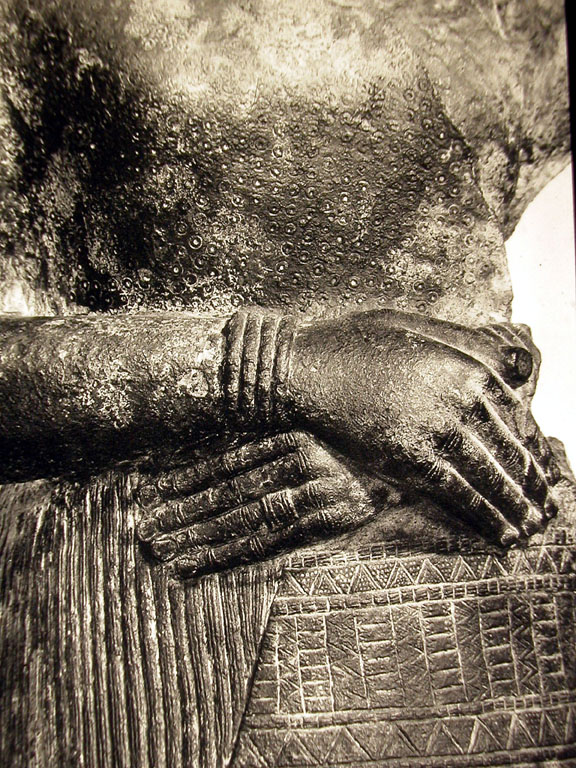
Around the dress, there is a wide ribbon, and in front of it is a zardozi shawl that covers the upper body and is attached to the shirt with a pin in the shape of a palm at the shoulder.. In the writing on the back of the statue, there is his name and a curse on anyone who has bad intentions towards the statue
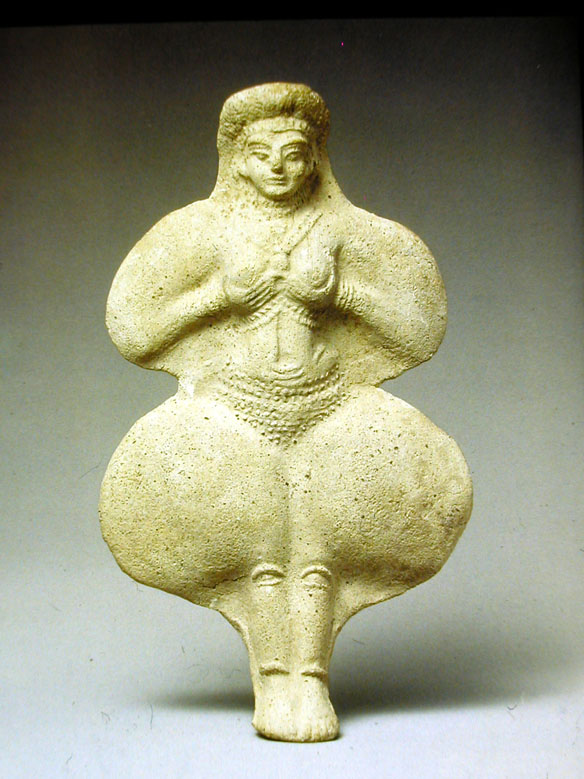
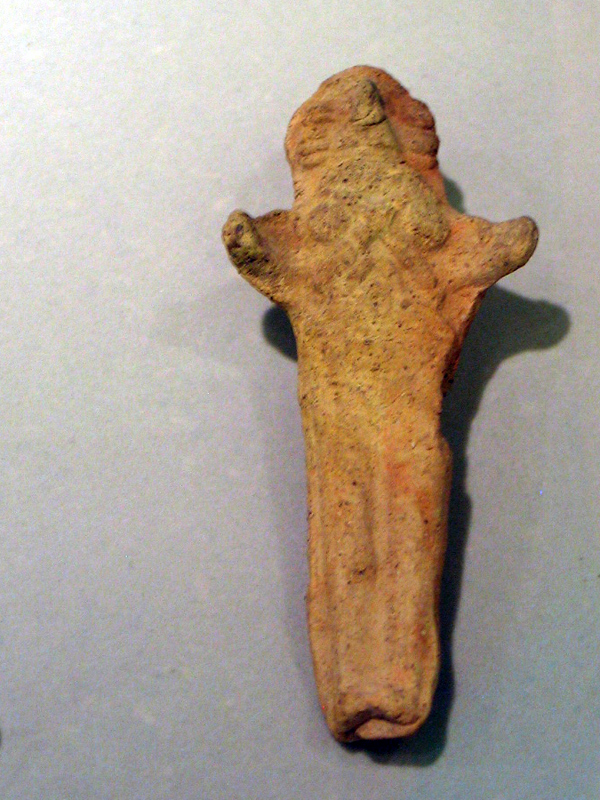
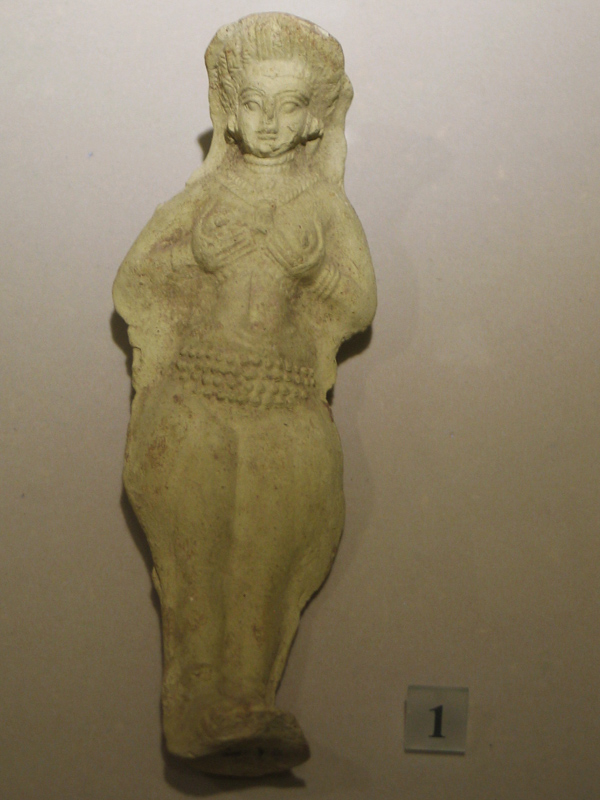
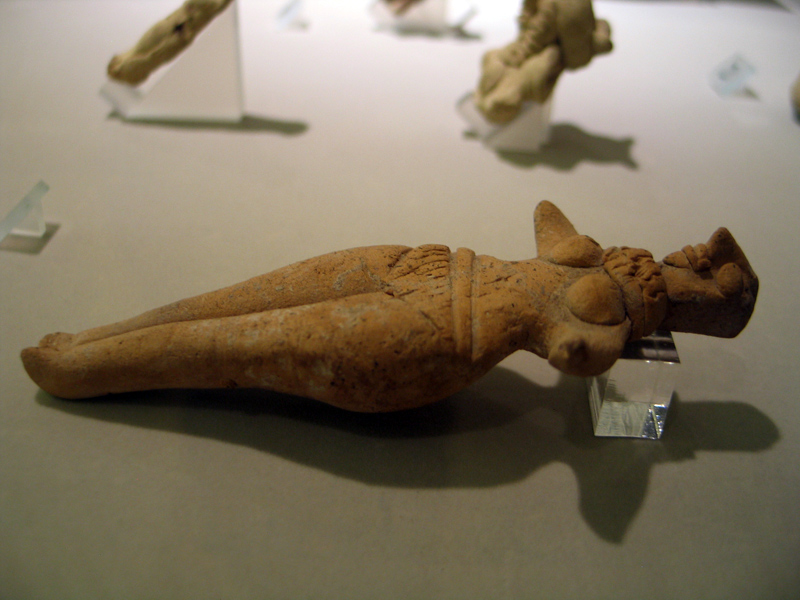
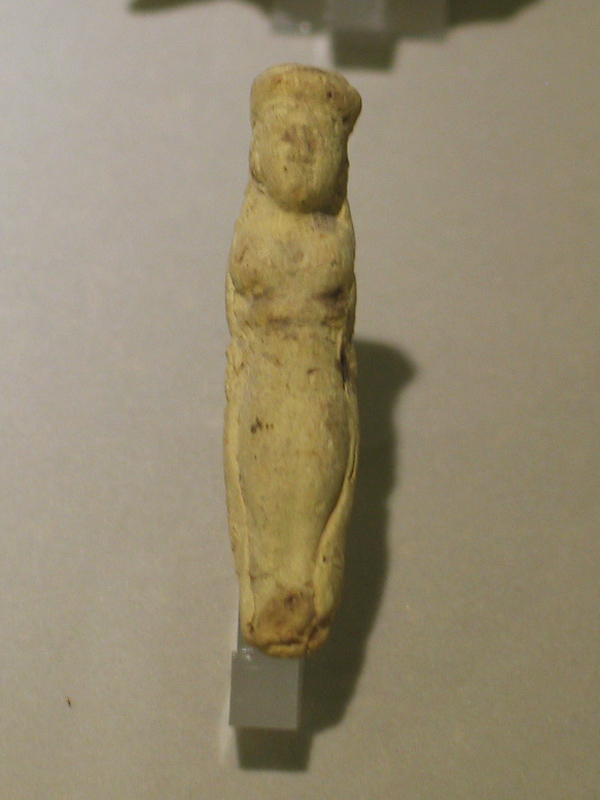
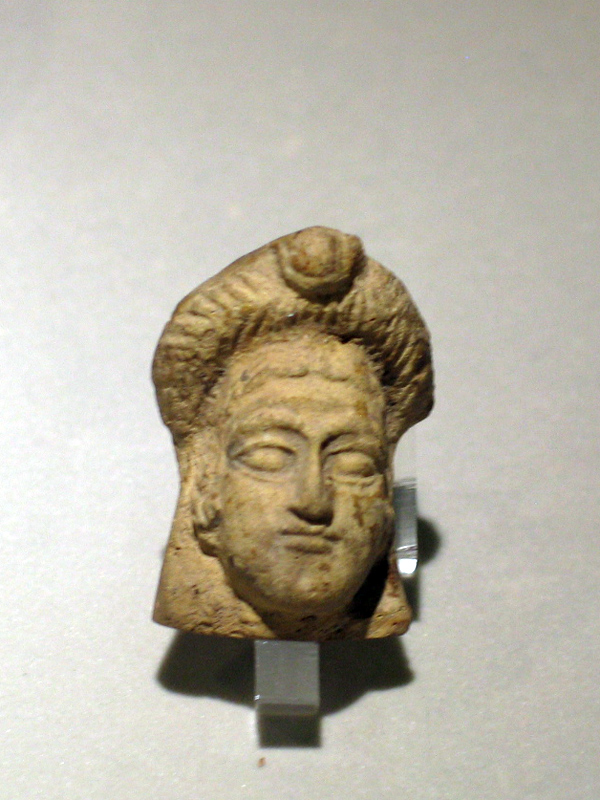
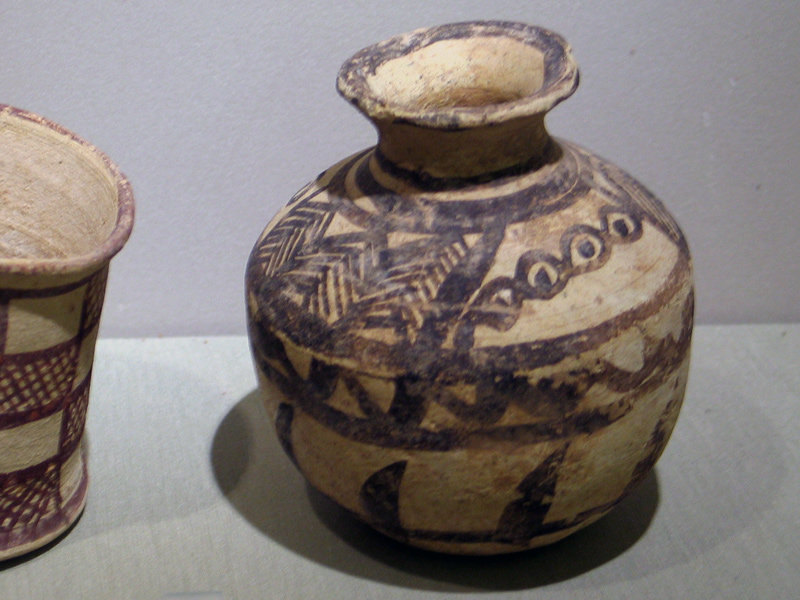
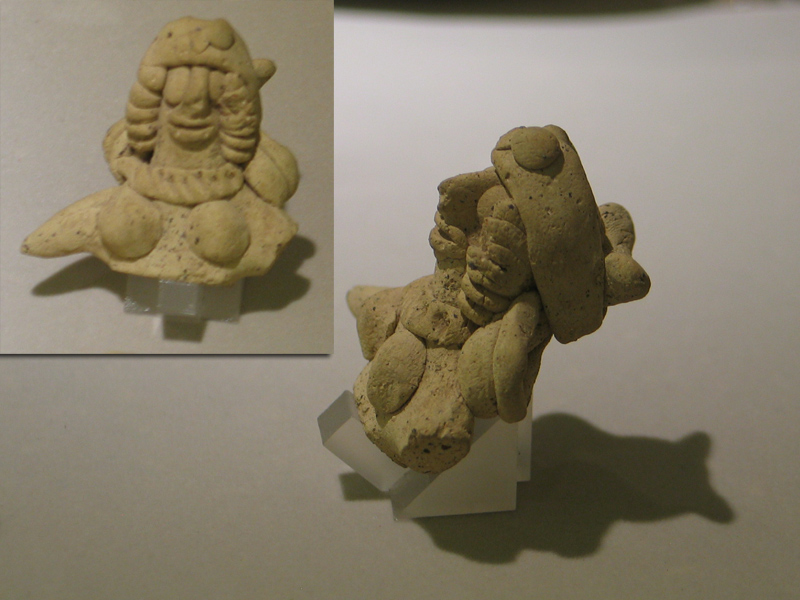
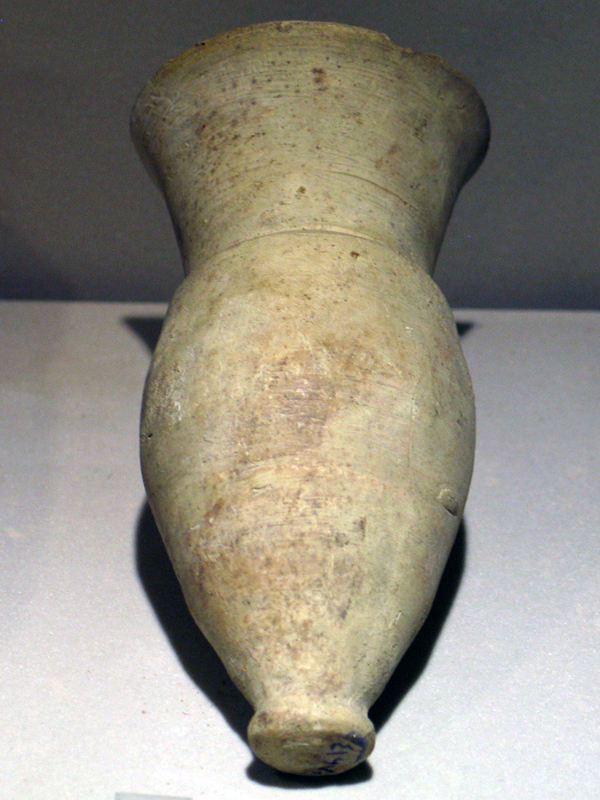
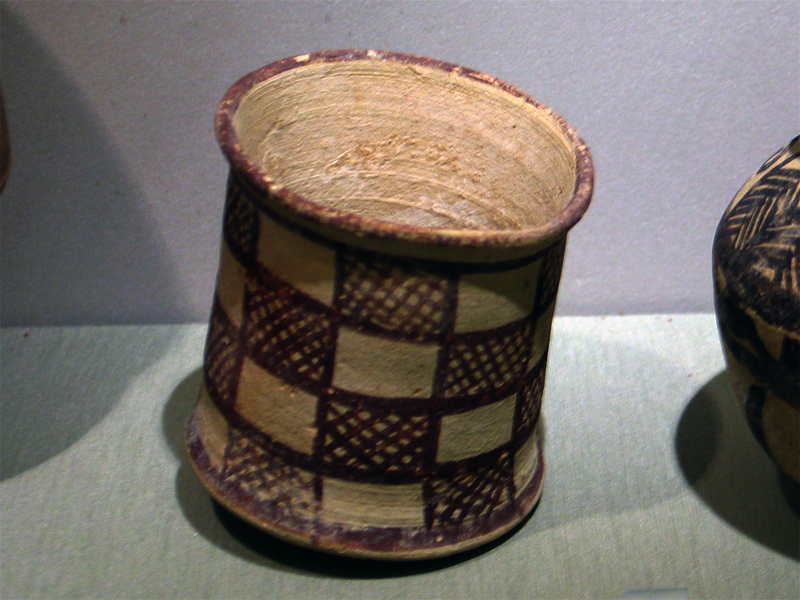
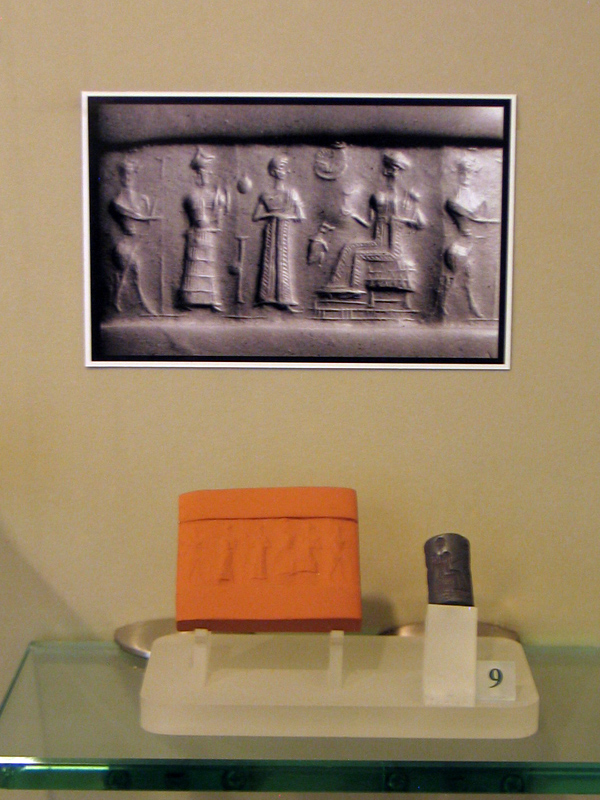
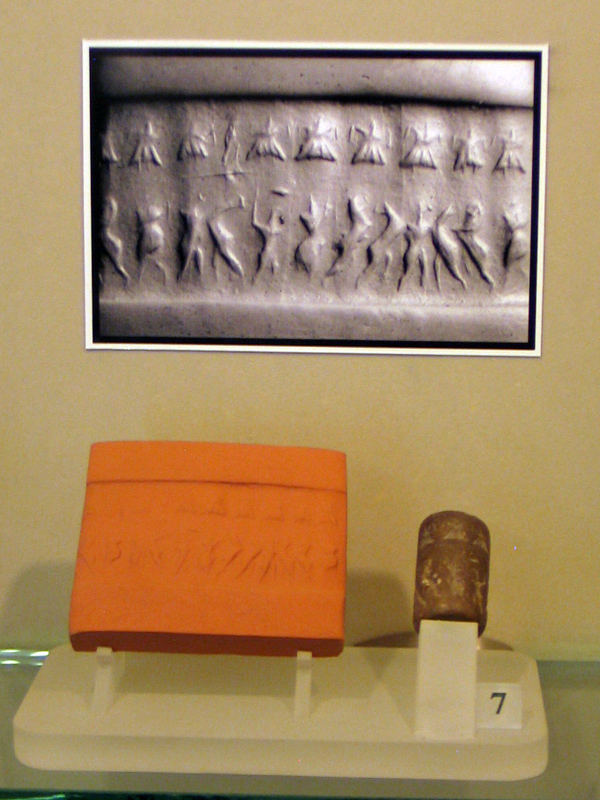
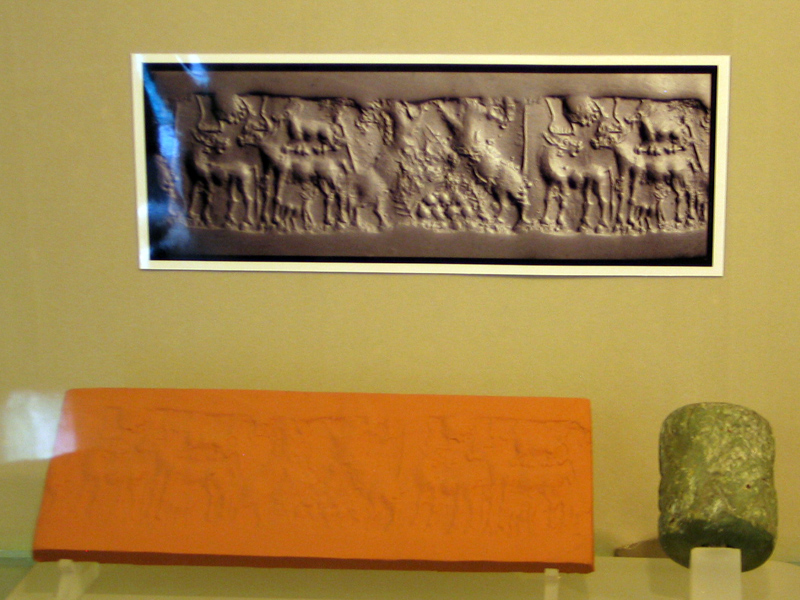
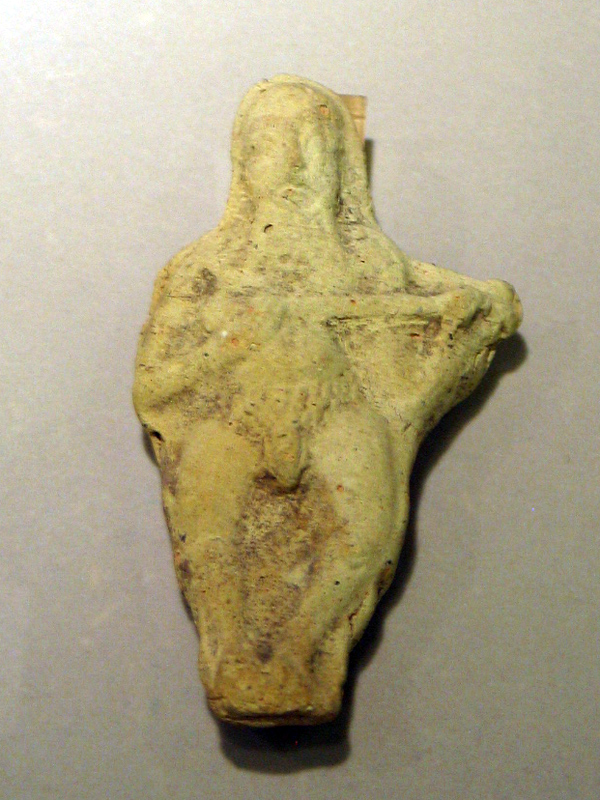
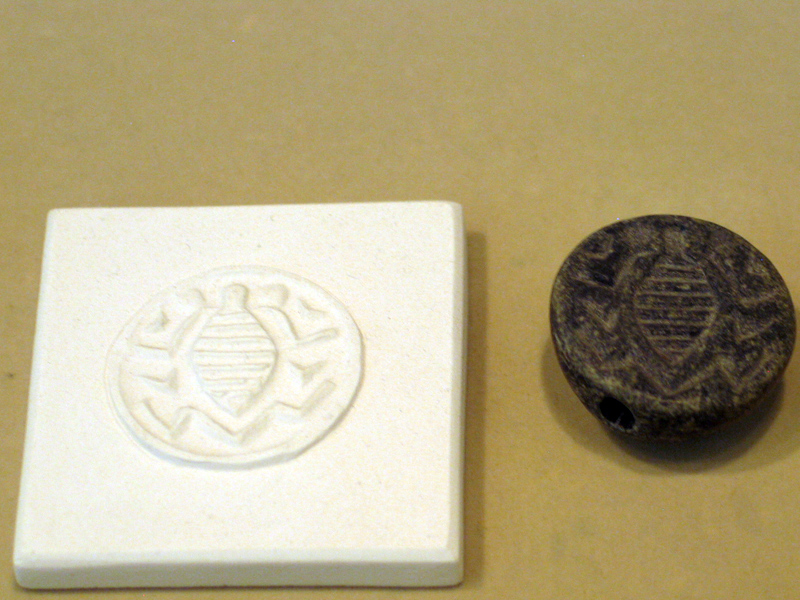
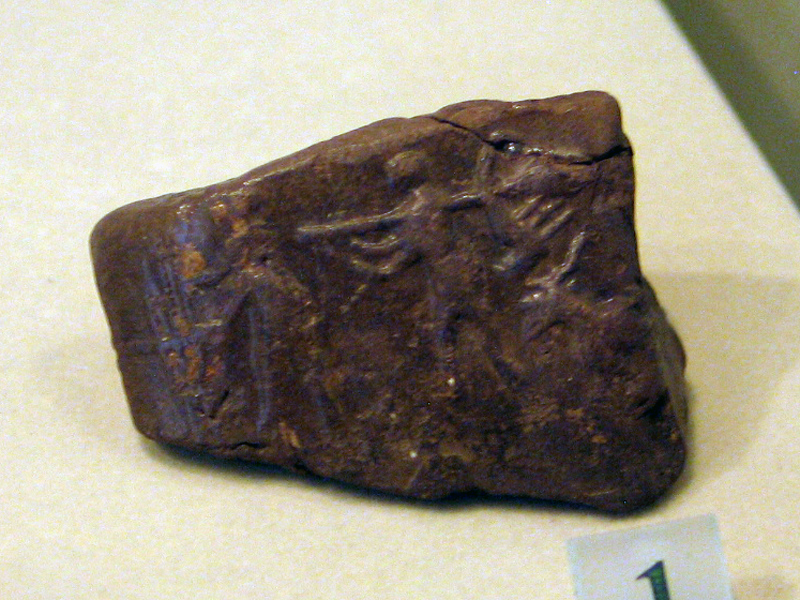
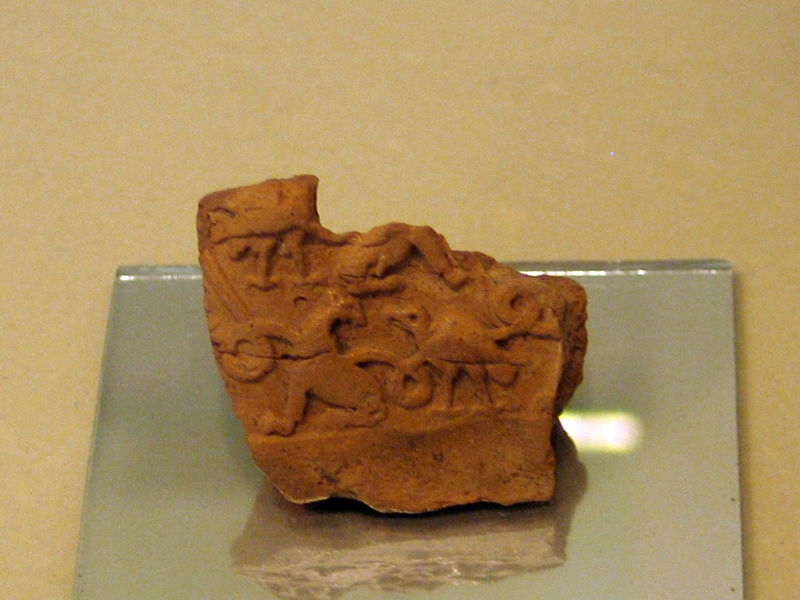
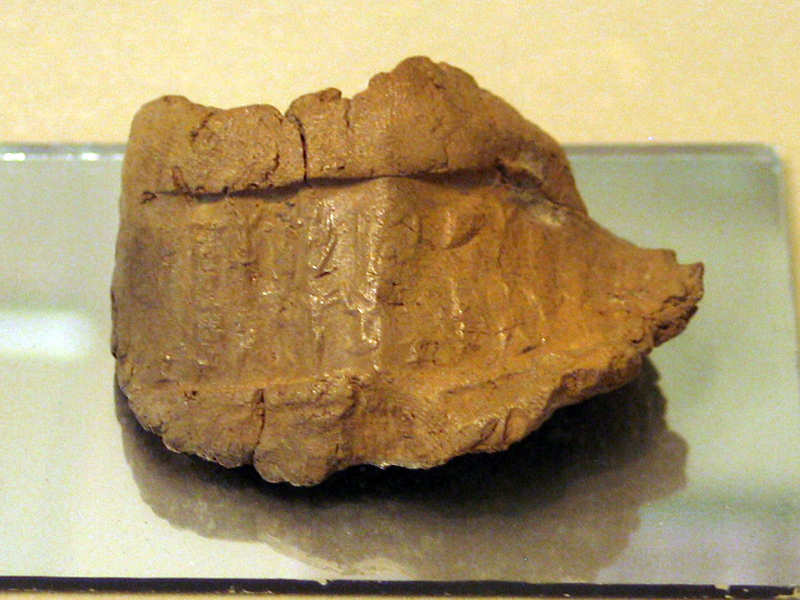
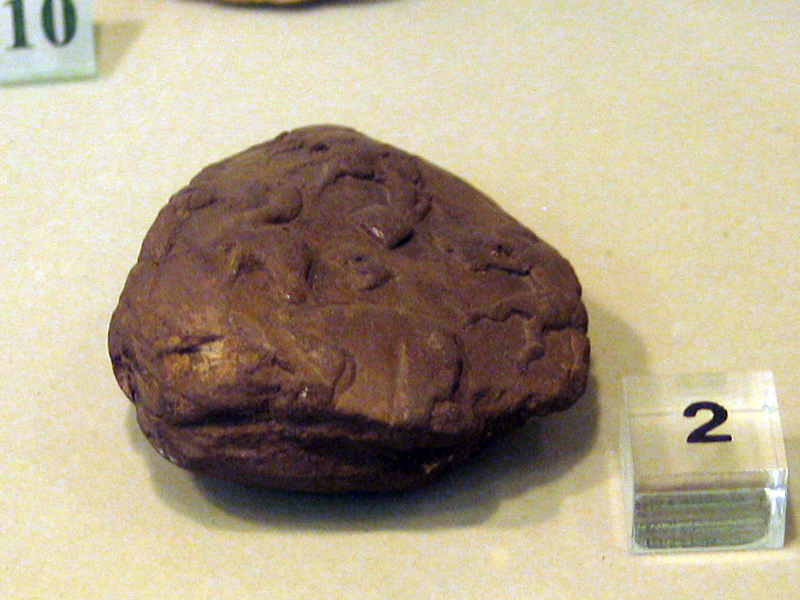
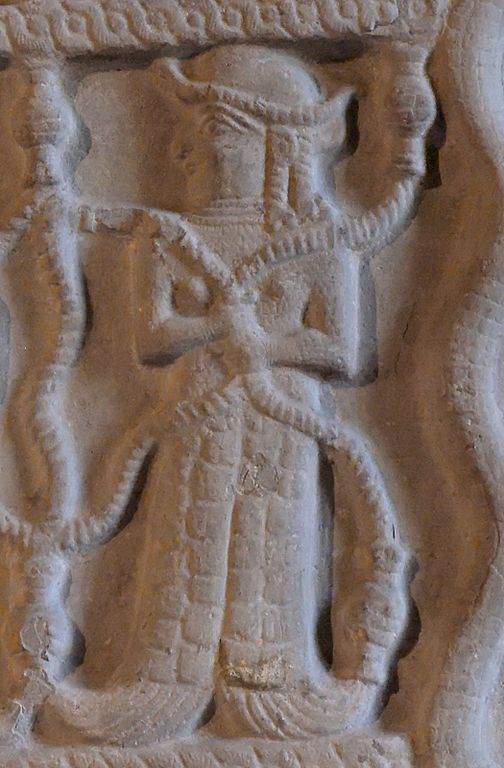
This ancient petroglyph depicts a woman with the tail of a fish and holding snakes in her hands.. Above the full image of this petroglyph, temple priests are passing by. This petroglyph is made of sandstone. This work, which is related to the middle Elamite period and the dynasty of Igi Halkid, is related to 1340 to 1300 BC.. This monument was brought from Chaghazanbil to Sush in the twelfth century BC and is now in the Louvre Museum. .
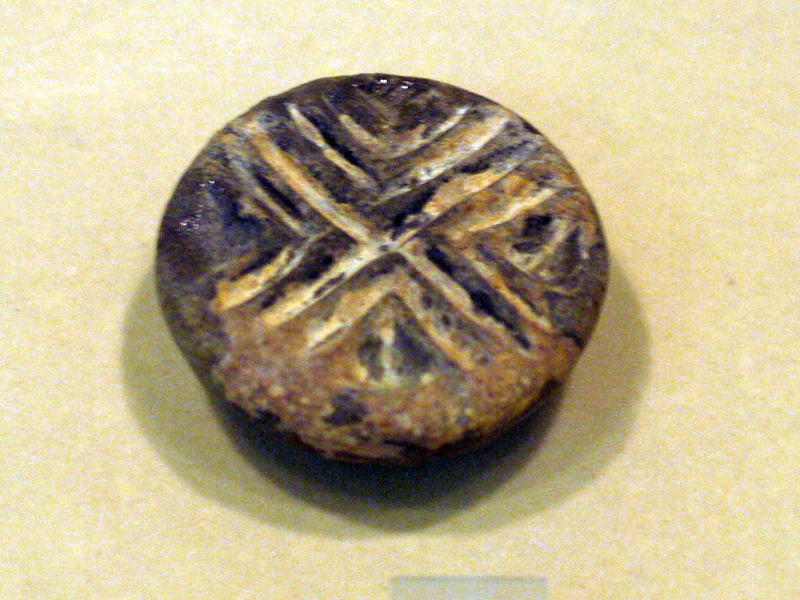
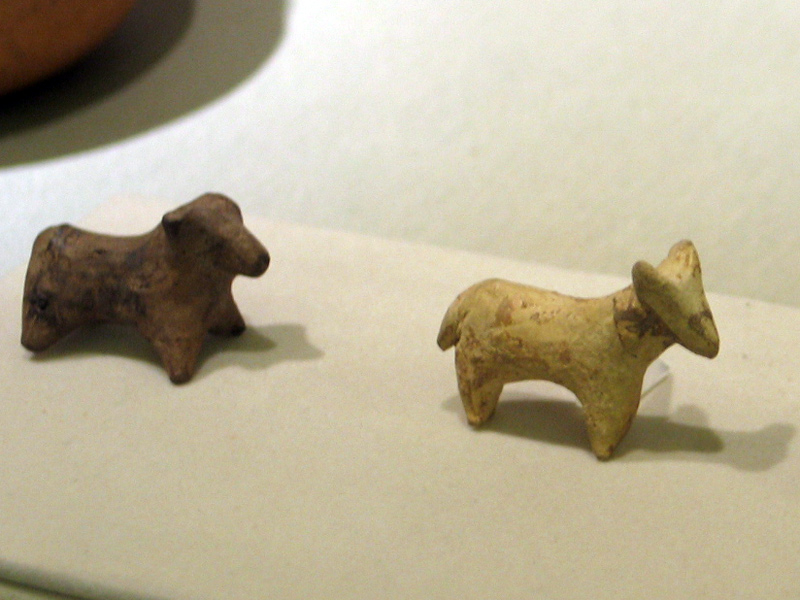
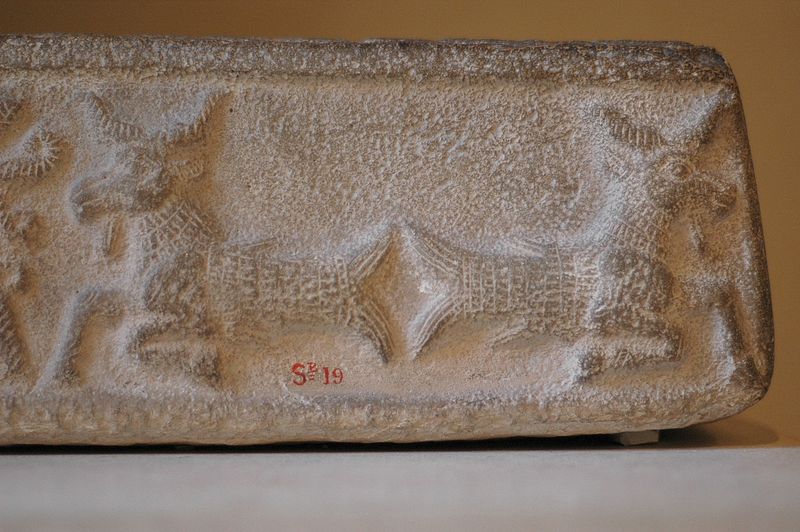
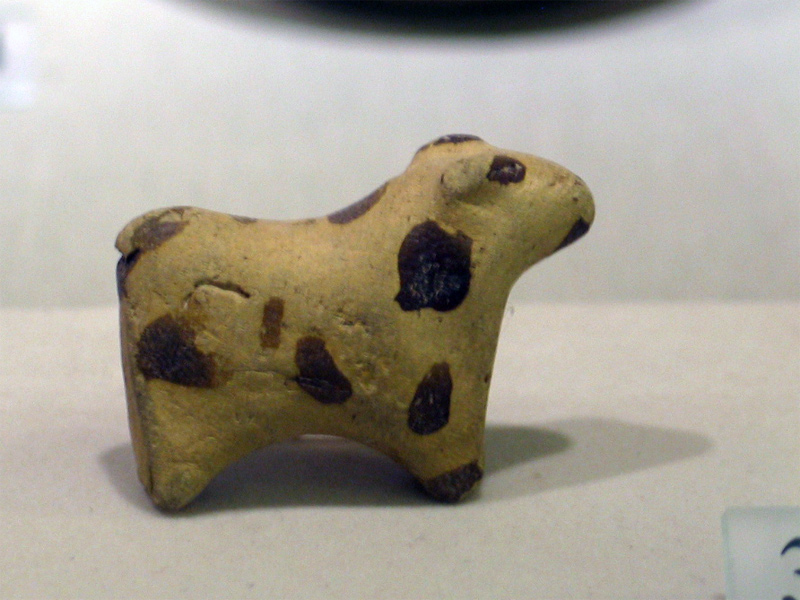
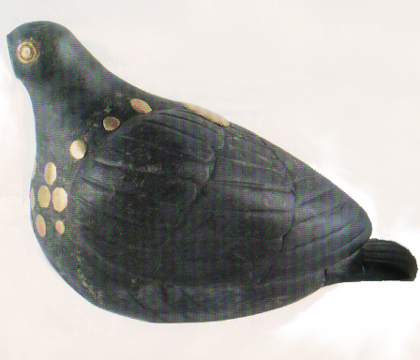
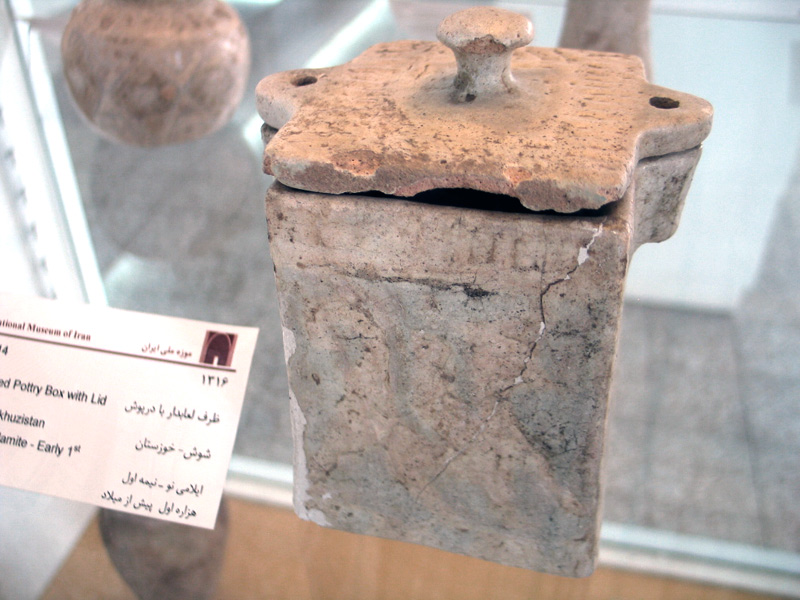
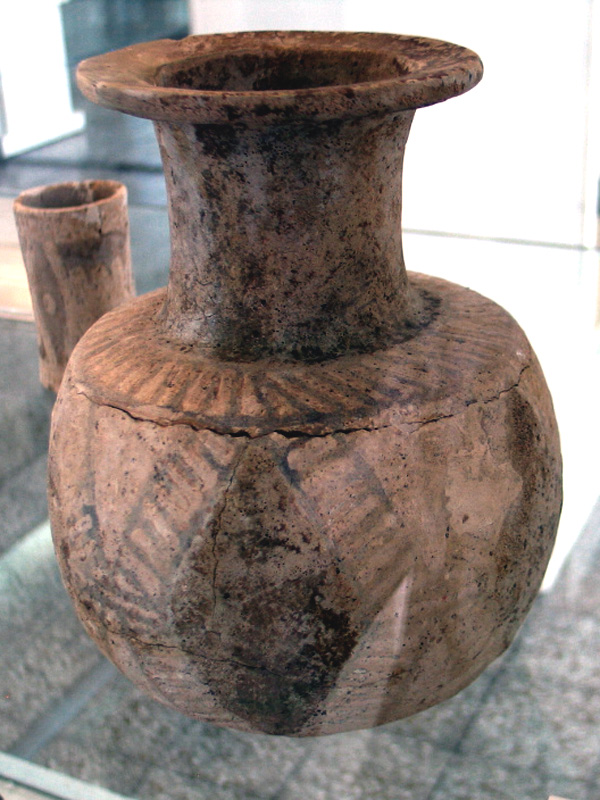

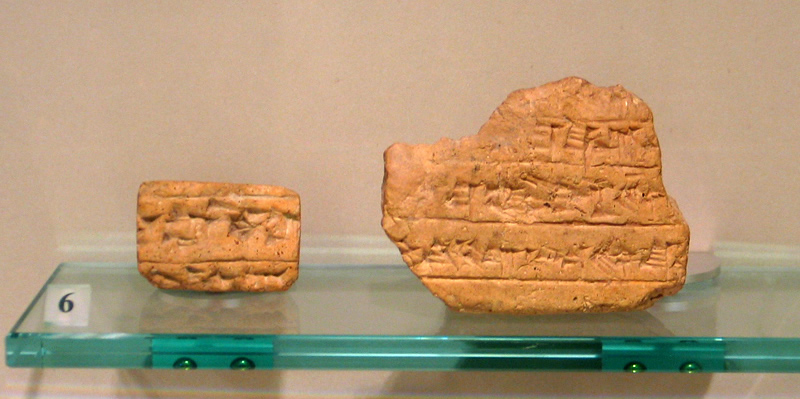
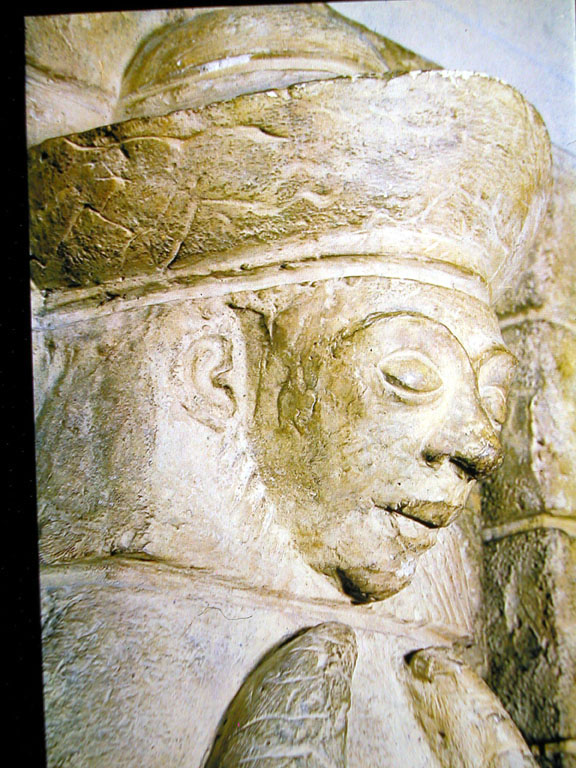
These types of bricks were later used by the Achaemenians in Susa. These motifs were engraved on the entire outer wall of the temple. The inscription on this wall says that this temple was started by Kotir Nahonte and completed by his brother and successor Shihelek of Shoshinak.
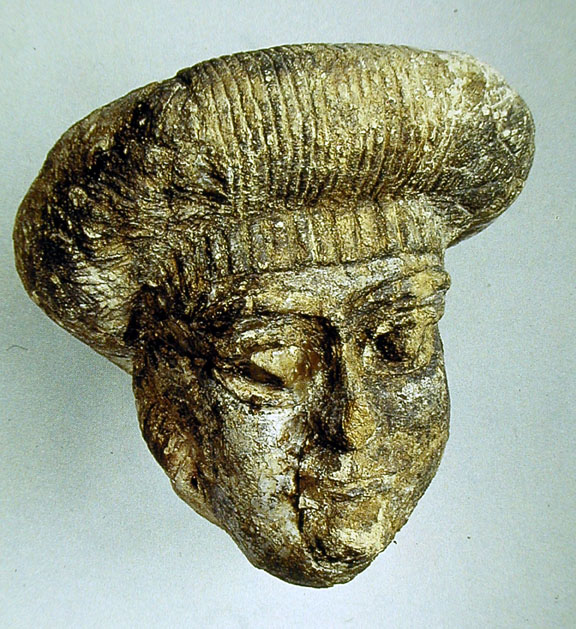
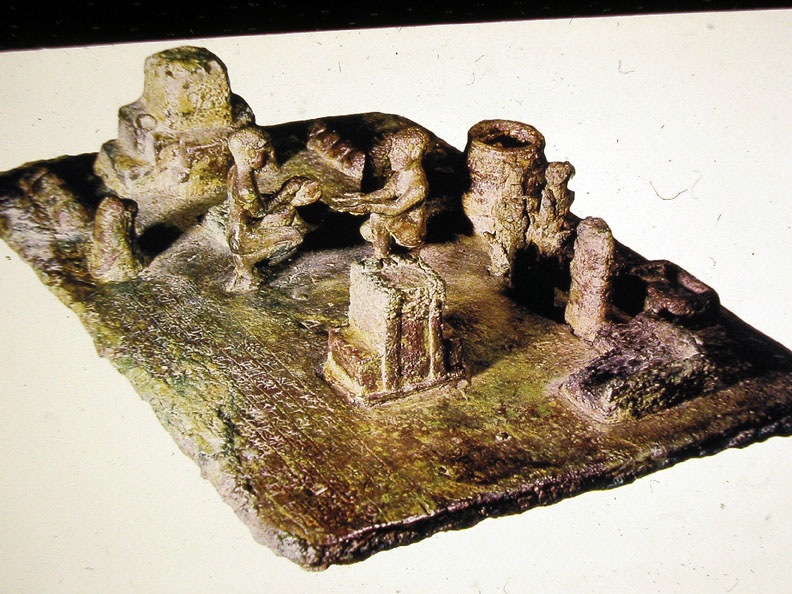
The religious ceremony, including washing and cleansing, is performed by two naked priests, and one pours water on the other's hand.. This ceremony is performed in the middle of the sacred courtyard of the temple.

The religious ceremony, including washing and cleansing, is performed by two naked priests, and one pours water on the other's hand.. This ceremony is performed in the middle of the sacred courtyard of the temple. On this work, sunrise is written in Akkadian
This work is related to the holy neighborhood of Shush, which is located between two ziggurats. There is a grove between them. A table and two columns, a large earthenware jar and two large basins or stone basins. A man pours water on another's hand. Both are naked.
An inscription with this theme is engraved on this panel :
I, Shilhak Inshushinak, son of Shotrok Nahonte, king of Sush and Anshan, and servant of the god Inshushinak, made this tableau. .
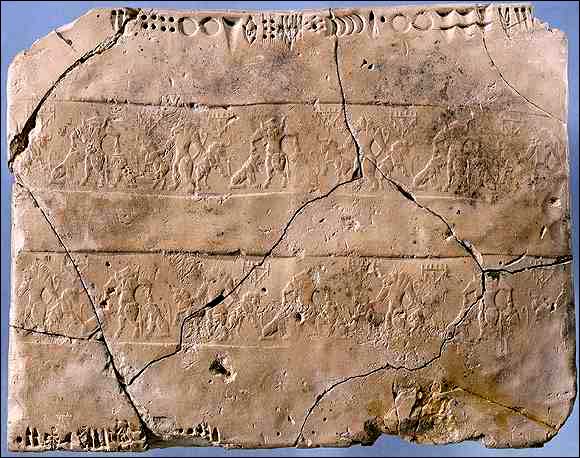
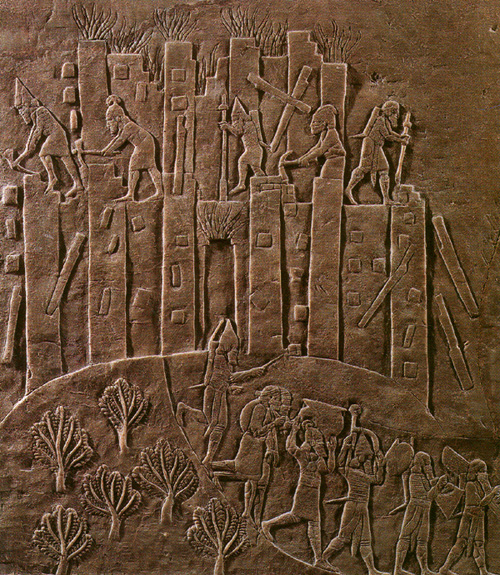
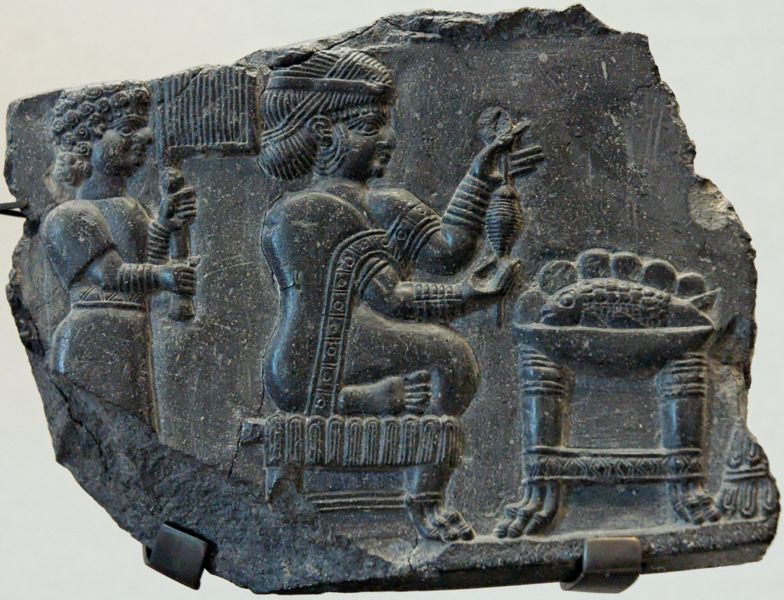
On this petroglyph there is a picture of an Elamite woman who is spinning yarn and her hair is beautifully decorated and her maid is fanning her.. An Elamite woman is sitting on four legs and spinning yarn, in front of her is a table with a plate of food (Fried fish) contract. This work is kept in the Louvre Museum in Paris. The date of construction of this petroglyph is 7th and 8th century BC. This historical work was discovered in Susa region.
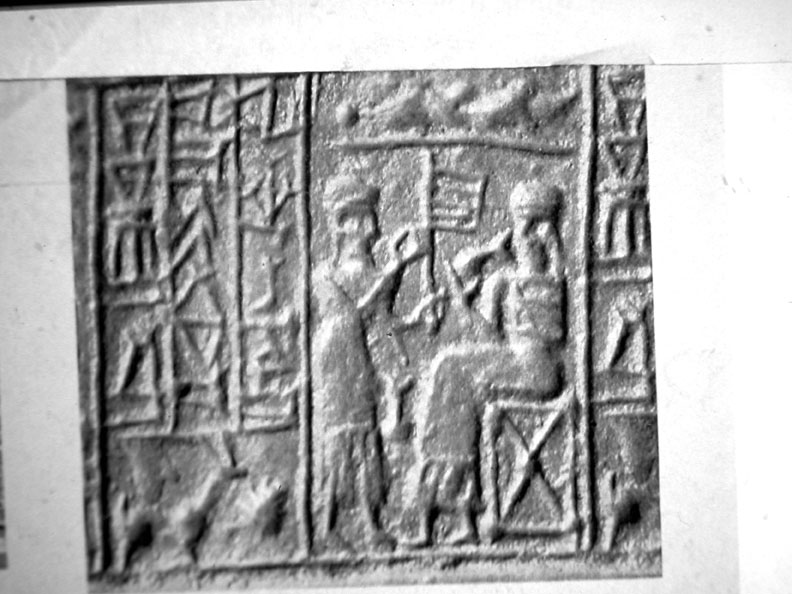
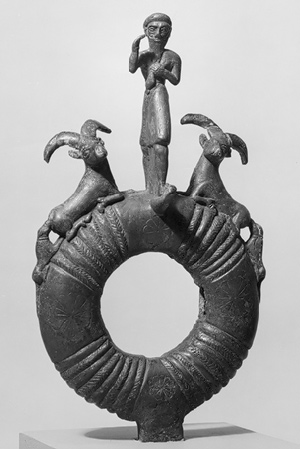
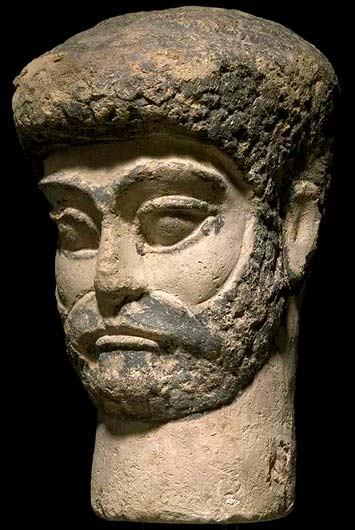










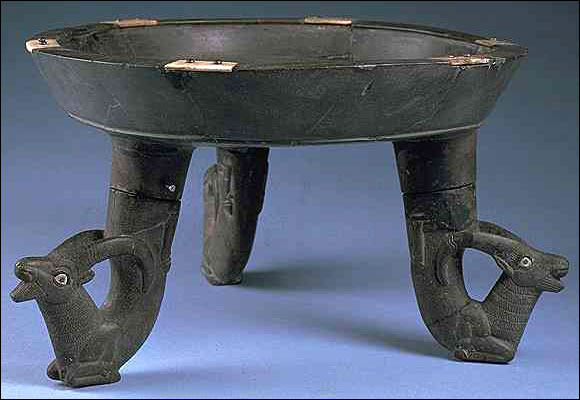
Retrieved from Atlas of Iran








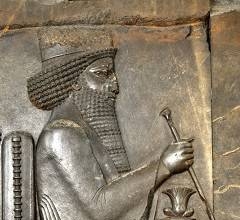

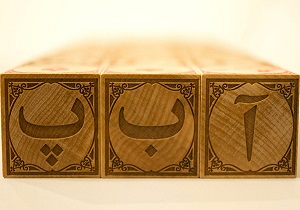
It was great, please do it again.. About the ancestry of the Elamites, they are neither Arabs nor Aryans, they were the native people of our beloved country, Iran, and now they are extinct and no longer exist. They are also Aryans, they are not Elamites.
The same descent of Elamites and Persians
Iran's prized Persian, Sorena Firuzi, in Konkash, on bone samples instead of the remains of 3500 until 6000 In the ancient hills and ancient graves, valuable findings were obtained about the same ancestry of the people of Iran today with the civilization of Ilam. .
In the space of years 1386 until 1388 Khorshidi and in Shahrkard University, and from the genetic point of view, a set of experiments were performed by him. . In this group of genetic studies, studies on 8 Elamite sample( Regarding the two districts of Haft Tepesh and Dezful with 1500 until 2000 p . m) photographs were taken and paternity markers of Aryan people were searched for. .
In this research, which is ambitious from the point of view of the scope( Geographical) And also the sample number( 17 sample) It is considered one of the largest related researches in the world and also the only ancient genealogy program carried out in the region, the human bone and dental samples were tested. During it, in all three samples of ancient Dezful Khozai, in three cases Of the five Elamite cases, seven hills with earlier ages were mentioned, and also in one sample of Silkis with a delay. 6000 year, M17 and R1a markers were observed .
Haplogroup M17 is an index found only among Aryan people. . in such a way that its frequency distribution in different populations of the mentioned racial group has been found as follows : Iranians from %50 In the eastern regions %15 In the western regions of Iran, Russian Slavs %47 , Isla Vahai Ukraine %54 , ties %29 Scandinavian Germans in Norway %28 Austrian Germans %26 German Germans %16 and …
This marker group, i.e. R1b, is also abundant in Indian and Iranian-Western European populations such as Germans and Germans. %45 It is very common .
But this index is not seen among Semitic groups such as Hebrews and other racial groups such as Egyptians and Yellow-skinned people. . Therefore, only in the form of the mentioned marker, it can be seen in the ancient Khozians who lived in this land before the date claimed for the arrival of the Aryans to the Iranian plateau, that these ancient people are also Ancestry with other dark Aryans of the region, i.e. Pardis Persians, Kurds, Azeris, Armenians and others. . Otherwise, like the Naaryan people, R1a should not be seen in them. .
In addition to the mentioned materials, there are some samples from other parts of Veliran district and also the inhabitants of the post-ancient period.( Islamic) Bam were also examined in this test, and in line with our expectations, the existence of haplogroup R1a was confirmed in them..
"Thanks to professor Sorena Firouzi"
You can also comment on your content by email ([email protected]) Or send us the contact section. Publishing content is news and not necessarily the point of view of the site..
Source.https://tezhgah.ir/597-%DB%8C%DA%A9%D8%B3%D8%A7%D9%86-%D8%A8%D9%88%D8%AF%D9%86-%D8%AA%D8%A8%D8%A7%D8%B1-%D8%A7%DB%8C%D9%84%D8%A7%D9%85%DB%8C%D8%A7%D9%86-%D9%88-%D9%BE%D8%A7%D8%B1%D8%B3%DB%8C%D8%A7%D9%86.html
Elamites, the ancient origin of the Arabs of Khuzestan, the Elamites can be clearly understood from the way they dress, the Aryans settled eleven thousand years ago from Siberia in the plateau of Iran from Persepolis to Hegmetane, and they were all mountain dwellers. The culture of the Elamites and the Assyrians both They are from the Sam race of Noah, the prophet. The way naked women dress is quite evident
The Asterki clan is one of the Bab Durki clans of the Haft Lang branch of the Bakhtiari tribe, which dates back thousands of years..
Author of Bakhtiari's History and Culture book ( Abdul Ali Khosravi, the third book ) May Noised :The Asterki clan is one of the oldest Bakhtiari clans and the name Asterki has a history ( 3800 ) It is years old and this history is related to the era of the Elamite kingdom of Ashtrak Nahunte in the city of Izeh, which was "Anzan" at that time..
Also, a stone inscription found in Aghili near Shushtar, which was translated by Dr. Girshman, says: (Antashkal) who was one of the kings of Elam writes like this: I am Antashkal, the ruler of Anzan land(their) And I am the mountains of Bakhtiari. If this is the case, then the generation of Bakhtiari should be considered as one of the kings of Elam. Research shows that the oldest clan that can be traced in Bakhtiari is Asterki. They consider themselves to be the descendants and ancestors of this Elamite king, and the reason for this claim is the affinity of the words Astrok and Ashtrok.. It should also be noted that the Bakhtiaris change the letter "S" to "S", which means that "Ashtrok" became "Astrok" and then "Asterok".
But the word Ashtrak means star and Nahonte means sun.
Nahunte is basically the same as Anahita = Venus.
With this description, Ashtrak Nahunte = sun star.
Also, the word Asterek is the same star as with (Y)Finally, they have given an extension to it.
Bakhtiari's name was given to Lerbuzur when Tajmir Khan Asterki came to power
Why did most of the female statues of that time have women holding their breasts in their hands? There is no explanation anywhere. Was it a sign of blessing, mother or something else?
Why can't some of the works in the Louvre museum be returned to Iran?
Seeing these works, I boasted about being Iranian
Walter Hinz, the famous German elamologist, was the ancestor of Elam(Lak, Bakhtiari, Minjaei, Shushtri, Mamsani, Boyerahmadi and…)Knows (The book of Shahriari Elam and the book of the lost world of Elam) Of course, Mrs. Marcela Rompf and Daniel T. and George Cameron also have the same opinion and the geography of Elam was exactly in the current valley of Lerha from eastern Iraq to Bushehr. The original name of Elam was Heltmati or Temti. The legend of Temti is still alive among the oral legends and myths of Lerha and has been passed down from heart to heart. Unfortunately, today, some illiterate people who do not know that everything they have is from Ler, they call Ler jack every day
Well, your language!؟
I speak Avestan, Elamite, Achaemenid…… I read it and it is very similar to the Kurdish language.
During this time, your language has had ups and downs!؟
But we must understand that there is no pure race!
But I feel that Mr. Bakhtiari's chaga is very similar to the fence-like form of the staircase of Takht Jamshid, I saw it myself..
Sassanian clothes are similar to Lorestan and Lek men's clothes.
I did not understand either!
How absurd is the similarity of the Bakhtiari local dress with the architecture of ancient Iran
As you can see in the movie, Bakhtiari local dress (Chuga) Inspired by the temple (Ziggurat) It is Chughazanbil.
.
Also, the black stripes of the Chuqa dress are inspired by the Achaemenid tombs such as Gordakhme in Dashtestan or the tomb of Cyrus or Pars Mazar in Turkey..
.
Another interesting point of the Bakhtiari tribe is the presence of stone lions, which are the symbols of ancient Iranians, on the graves of the great and noble people of the Bakhtiari tribe.
Source.https://www.tarafdari.com/node/1082093
As far as I know, Kotirnahunte and Shilehak reigned from 1500 BC, but you wrote 2300 BC in pictures 3 and 5. Could you please explain it to me and my friends? Thank you. .
It was great, we are really happy and happy to have the same historical ancestors
As the characteristic of the Babylonian and Sumerian civilizations, Assyria is 3500 to 5000 years old, but the remains of the history of Elam have been observed from 5000 to 7000 and 9000, and most of the symbols used in the Babylonians, Assyrians and Sumerians are derived from the Elam civilization.
Hello with the supply
The pictures related to the objects found from the Elamite civilization are really interesting and amazing.
I thank my teacher for collecting this collection .
Please tell me about the settlement area of this civilization in the past as well as their race, if any.
Thankful